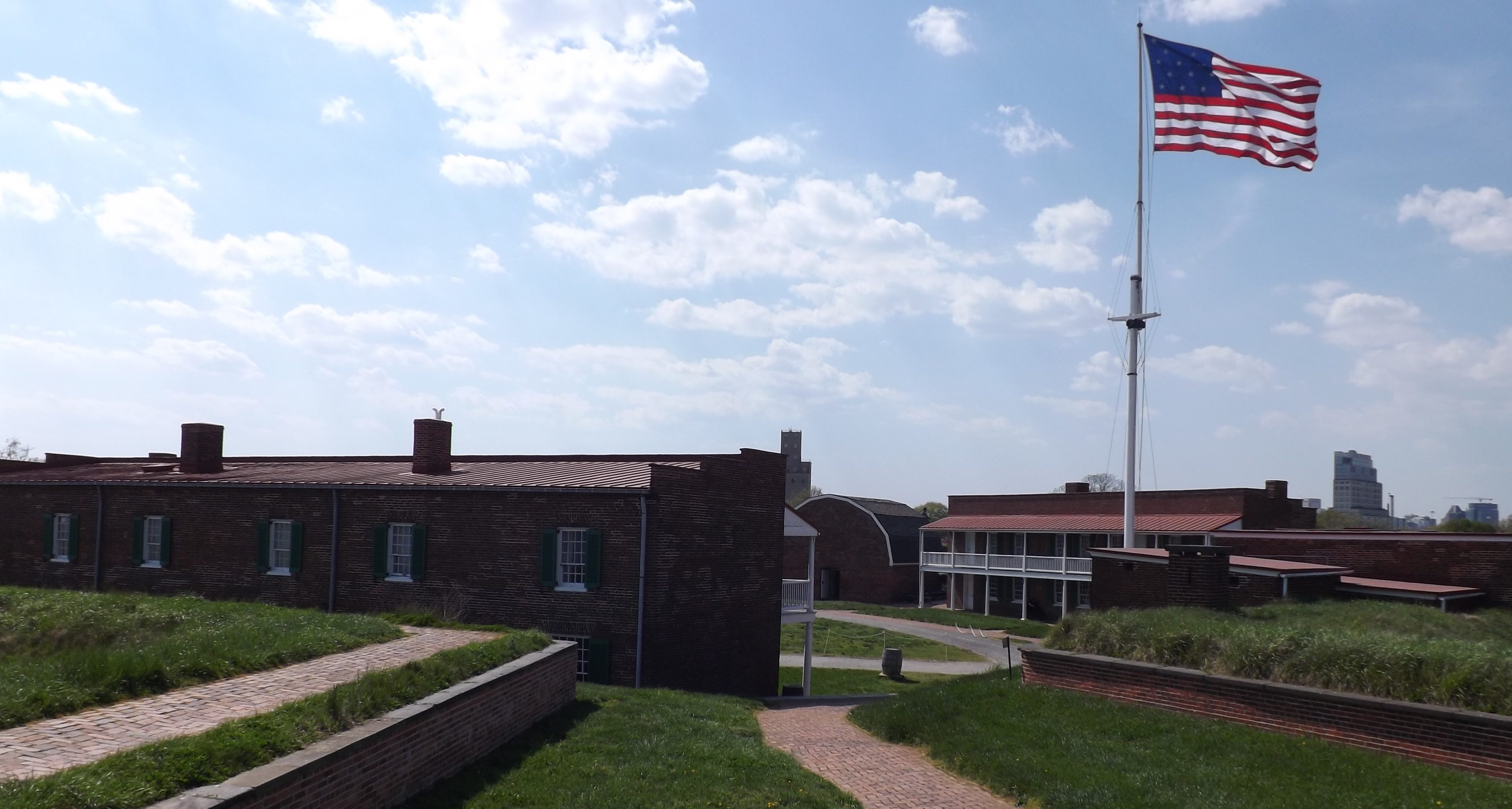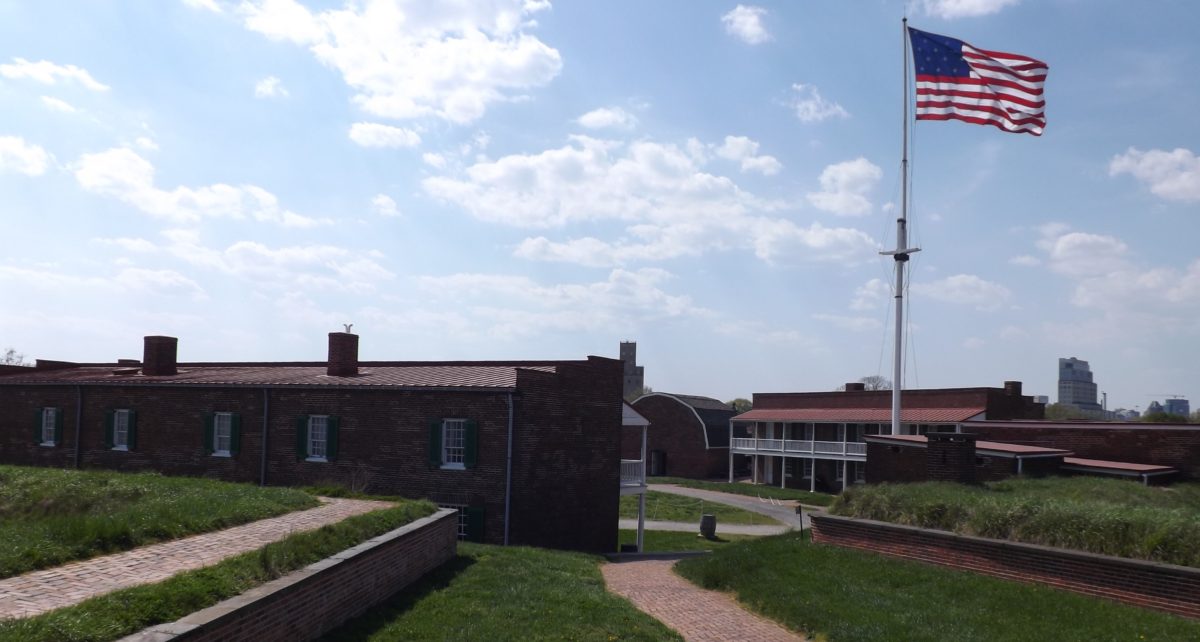Where was the US National Anthem written? Fort McHenry
March 3rd is National Anthem Day. Like most, we were surprised at the circumstances under which the US National Anthem was written. We had never really thought about or understood the relevance of the lyrics. Do you?
A visit to Fort McHenry National Monument and Historic Shrine in Baltimore, Maryland will help you understand the origin of this iconic song as well as the history behind it.
“Defence of Fort M’Henry”
The original name of the song, taken from a poem penned by Francis Scott Key in 1814, was “Defence of Fort M’Henry” (no, that’s not a typo – that’s how the words were spelled back then!) but once put to music people started referring to it as the “Star Spangled Banner”.
117 years later, the Star Spangled Banner was officially declared the national anthem of the United States by President Herbert Hoover, on March 3, 1931.
Lyrics of the Star Spangled Banner
O say, can you see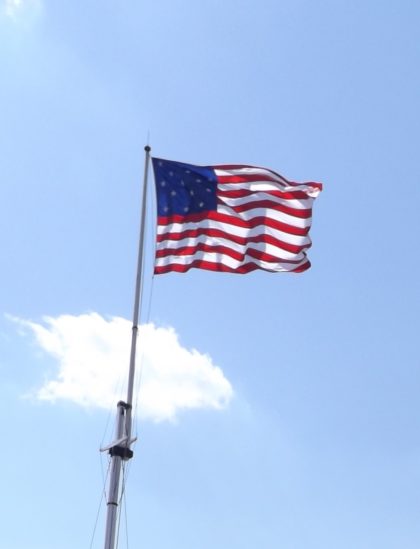
By the dawn’s early light
What so proudly we hailed
At the twilight’s last gleaming?
Whose broad stripes and bright stars
Through the perilous fight
O’er the ramparts we watched,
Were so gallantly streaming?
And the rockets’ red glare
The bombs bursting in air
Gave proof through the night
That our flag was still there
O say, does that star-spangled banner yet wave
O’er the land of the free and the home of the brave
Origin of the Lyrics
We’ve all heard them hundreds of times, but what do the lyrics really mean? A visit to Fort McHenry will make it all clear.
Fort McHenry was built in 1798 and is best known for its role in the war of 1812 when it successfully defended the Baltimore Harbor from an attack by the British navy on September 13-14, 1814.
By some unlikely circumstance, Francis Scott Key was trapped in the harbor when the battle broke out, so he spent the night aboard a ship where all he could do is listen to the raging battle and hope for his countrymen.
All night he watched “the rockets’ red glare” and “the bombs bursting in air” as the British pummeled the Fort with over 1500 canon shots.
But “at dawn’s early light”, the Americans were still standing and raised the American flag to prove it. But this was not just any flag, it was gigantic – measuring 42′ x 30’. The commander of Fort McHenry, Major George Armistead, had ordered it made on his arrival saying he wanted “a flag so large that the British would have no difficulty seeing it from a distance”.
On that fateful morning in 1814, neither the British or Francis Scott Key could miss that flag, attesting to the fact that the fort had survived the night intact. Depleted of ammunition, the British withdrew.
Fort McHenry
Fort McHenry never again came under enemy fire, but it remained an active military post for another 100 years. It held Confederate prisoners during the Civil War and was a veteran’s hospital after World War I.
In 1925 Congress made Fort McHenry a National Park, but 14 years later it was redesigned as a National Monument and Historic Shrine, the only park in the country to have this double distinction.
Plan Your Visit
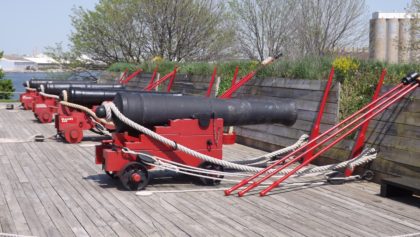
You could easily spend a full day at Fort McHenry. There is a ton to see and do there. At the start of the day you can join the rangers as they unfurl the flag overhead. Enjoy the displays and movie in the visitor center, and see what remains of the original flag. It is huge.
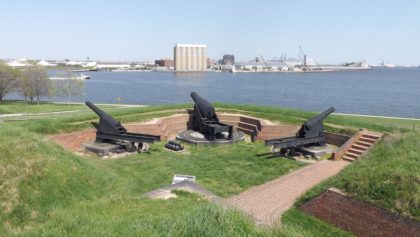
There are ranger-led interpretive programs, but we really just enjoyed walking around the battlements of the old star-shaped fort. You could see the hustle and bustle of Baltimore Harbor just across the channel, and visualize how it must have looked during the battle.
The grounds are also lovely. Take a picnic and relax there for a while. You may even want to stay until the end of the day to watch the ranger lower the flag, as you reflect on the history our our country and National Anthem.
#NationalAnthemDay
